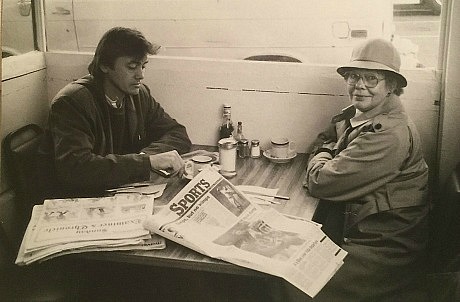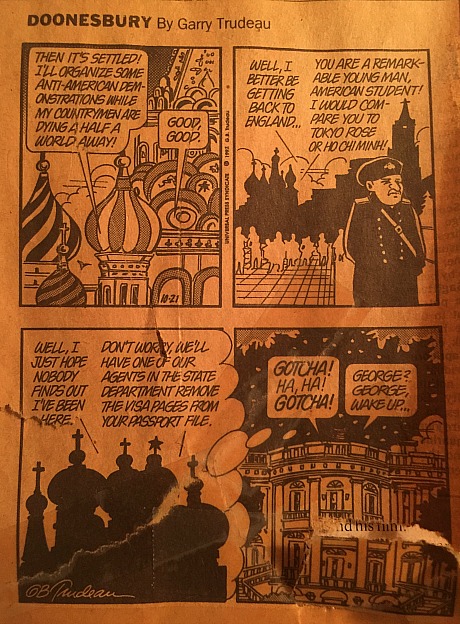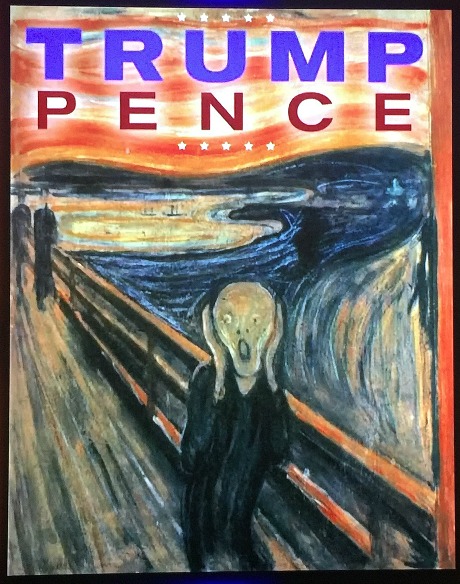I’ve been split on Hillary Clinton since she vanquished Bernie Sanders. Half of me accepts that I have to vote for her sensible, pragmatic, Obama-continuing wonkery (along with her hawkish foreign policy instincts), and the other half can’t stand her — her cautious sidestepping of the Bernie revolution, that cackle, the Wall Street ties, the testiness, her liberal-leaning but weather-vane-ish political values, the just-revealed DNC connivance against Bernie, the eye bags, the eff-you to the Berners with her selection of Tim Kaine, her compulsively secretive nature.
My allegiance to sanity nonetheless compels me to vote for her. I want her to win despite her many flaws, and I expect that despite all the debits she’ll probably nudge out a victory. But it speaks volumes about Clinton’s appeal that even if the Gods are with her, Hillary may not manage a decisive victory against the most appalling major-party presidential candidate in American history.
And now Michael Moore‘s just-posted essay, “5 Reasons Why Trump Will Win,” has given me pause. It has really put a chill into my lower backbone. As noted, I’m inclined to believe that Hillary will probably be elected, but after reading Moore’s piece I’m wondering how solid that prediction is.
Boiled down, the five reasons favoring Trump’s election, in Moore’s view: (a) the rust-belt yokels are going to vote for Trump by a lopsided margin, and this may result in his winning four major, very decisive rust-belt states — Michigan, Ohio, Pennsylvania, Wisconsin; (b) white guys will vote against her en masse as a kind of Alamo-like last stand against the femme-Nazis, LGBTs, multiculturals; (c) A lot of people despise Hillary and particularly the dynastic establishment politics she represents; (d) the depressed Bernie vote; and (e) despite their disagreement or even distaste for Trump, disenfranchised Americans are crazy enough to vote for him as a fuck-you to the system, just as Minnesota voters voted for Jessie Ventura.
Hillary Problem as explained by Moore: “Let’s face it: Our biggest problem here isn’t Trump — it’s Hillary. She is hugely unpopular — nearly 70% of all voters think she is untrustworthy and dishonest. She represents the old way of politics, not really believing in anything other than what can get you elected. That’s why she fights against gays getting married one moment, and the next she’s officiating a gay marriage. The kids [in general] don’t like her, and young women are among her biggest detractors.
Read more










